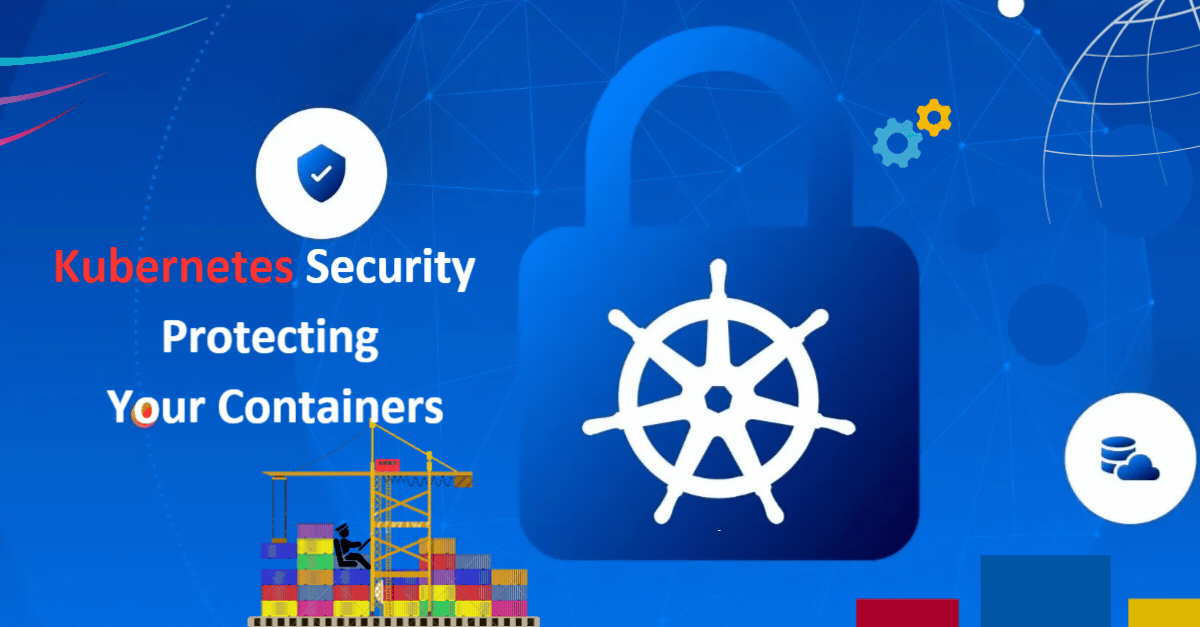
Kubernetes Security Protecting Your Containers
In the evolving landscape of cloud-native applications, Kubernetes has emerged as the de facto standard for container orchestration. Its flexibility, scalability, and extensive ecosystem have made it a favorite among developers and operations teams. However, with great power comes great responsibility. As Kubernetes clusters manage critical workloads, securing these environments is paramount. This blog delves into the essential strategies for protecting your Kubernetes containers, ensuring your applications remain resilient and secure.
Understanding the Threat Landscape
Before diving into security measures, it’s crucial to understand the potential threats to your Kubernetes environment. Common vulnerabilities include:
-
Unpatched Vulnerabilities: Outdated Kubernetes versions or container images with known vulnerabilities.
-
Misconfigurations: Incorrectly configured security policies, network settings, or access controls.
-
Unauthorized Access: Weak authentication mechanisms or improperly managed secrets.
-
Supply Chain Attacks: Compromised third-party dependencies or container images.
Best Practices for Securing Kubernetes
1. Network Security
-
Network Policies: Utilize Kubernetes Network Policies to control the flow of traffic between pods. Define rules to isolate sensitive workloads and limit unnecessary communication.
-
Service Mesh: Implement a service mesh (e.g., Istio, Linkerd) for fine-grained traffic management, mutual TLS authentication, and observability.
2. Access Control
-
RBAC (Role-Based Access Control): Configure RBAC to enforce the principle of least privilege. Assign roles and permissions based on the specific needs of users and applications.
-
Audit Logs: Enable and regularly review Kubernetes audit logs to monitor access and detect suspicious activities.
3. Pod Security
-
Pod Security Policies (PSPs): Define and enforce Pod Security Policies to restrict the privileges of containers, such as disallowing privileged containers and restricting host namespace access.
-
Seccomp Profiles: Apply seccomp profiles to limit the system calls a container can make, reducing the attack surface.
4. Image Security
-
Image Scanning: Integrate image scanning tools (e.g., Trivy, Clair) into your CI/CD pipeline to detect vulnerabilities in container images before they are deployed.
-
Signed Images: Use tools like Notary and TUF to sign container images, ensuring the integrity and authenticity of images being used.
5. Cluster Hardening
-
Kubernetes Configuration: Regularly update Kubernetes to the latest stable version and apply security patches promptly.
-
API Server Security: Restrict access to the Kubernetes API server, enabling mutual TLS and IP whitelisting where possible.
-
Etcd Security: Secure the etcd datastore by enabling encryption at rest, enforcing access controls, and using strong authentication.
6. Secret Management
-
Kubernetes Secrets: Store sensitive information, such as API keys and passwords, in Kubernetes Secrets. Use tools like HashiCorp Vault or AWS Secrets Manager for additional security and management capabilities.
-
Encryption: Enable encryption of Secrets at rest to protect sensitive data within the cluster.
7. Monitoring and Incident Response
-
Continuous Monitoring: Implement continuous monitoring solutions (e.g., Prometheus, Grafana) to track the health and security of your Kubernetes cluster.
-
Incident Response Plan: Develop and regularly test an incident response plan to quickly address and mitigate security breaches.
Securing Kubernetes is a multifaceted endeavor that requires vigilance and proactive measures. By adhering to best practices in network security, access control, pod security, image security, cluster hardening, secret management, and continuous monitoring, you can significantly enhance the security posture of your Kubernetes environments. As the Kubernetes ecosystem continues to evolve, staying informed about new vulnerabilities and security features is essential to protect your containers and maintain robust, secure applications.
Tutorials & Guides
Top Reading Recommendations
Upcoming Events
Cloud Native Live: BellSoft’s Java images
July 11, 9 :30 - 10:30 PM (PST)
July 13, 9:00 AM – 4:00 PM (PST)
July 16, 6:30 – 7:30 AM (PST)
DevOps Jobs
Google - Check out all the jobs here
Accenture - Check out all the jobs here
Infosys - Check out all the jobs here
Microsoft - Check out all the jobs here
PS- We publish this newsletters every week, Subscribe and share with your friends. We hope this newsletter has provided valuable information. Follow RazorOps Linkedin Page Razorops, Inc. and give a FREE try to Our SaaS CICD product Sign up for RazorOps today and embark on a journey of automation, efficiency, and innovation. Your team and your projects deserve the best CICD product.





